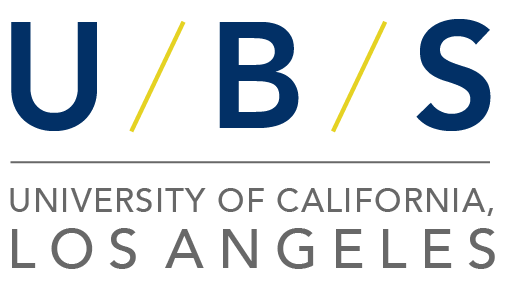Technology 101
What Business Roles can be found in Tech Companies?
Business roles in tech bridge the gap between technical innovation and strategic impact. People working in these roles aim to translate complex and highly technical engineering work into business value by helping tech companies make educated decisions on what to build, how to launch it into the market, and sustain growth.
Product: These roles sit closest to the product itself, shaping what gets built, how it works, and how users experience it.
Product Managers: Define product vision and strategy as well as prioritize features based on user pain points and business goals. They coordinate cross functional teams such as engineering, design, marketing, and sales to ensure successful launches.
Product Marketing Managers: Create go-to-market strategies, define product positioning, and make sure that customers actually understand the value that the product can bring into their lives and solve their pain points.
Product Designers: Very heavy focus on how products look, feel, and function. Work very cross-functionally with Product Managers and Engineers to translate user insights and needs into intuitive and user-friendly experiences/products.
Non-Product: These are some roles that support business infrastructure and growth which allows products to scale at a sustainable and consistent rate.
Sales Analysts: Bridge sales and strategy by analyzing product performance data, identifying market trends, and helping optimize product pricing, customer acquisition, and revenue growth strategies.
Business Analysts: Use data and market insights/research to help data-driven decision making, forecast growth, and explore new opportunities to help companies succeed.
Program Managers: Oversee execution of very complex and cross-team initiatives by ensuring projects stay on schedule, teams stay aligned and efficient, and business objectives are met efficiently and effectively.
Financial Planning & Analysis (FP&A): Manage forecasting, budgeting, and financial modeling to help guide budget allocation and investment decisions. Also looks into evaluating the current financial health of products and/or business units.
Strategy & Operations: Usually very ex-consultant heavy with a focus on optimizing how the business runs and grows. S&O professionals evaluate new markets, partnership, and competitive opportunities all while streamlining internal processes and improving overall firm efficiency.
How to succeed in recruitment for these roles:
Big Tech Companies
Examples: Google, Meta, Microsoft, Amazon, LinkedIn, Nvidia, Netflix
These companies often run dedicated internship programs for business roles
Tip: Apply as early as you can to these roles as Big Tech recruitment often happens on a rolling basis and the best thing you can do as a candidate is apply ASAP so it’s more likely a recruiter will look at your resume.
Ex: If you see a job posting that was released an hour ago but you are waiting on a referral to come through, skip the referral and send in the application asap because speed > referrals in big tech recruitment.
Mid-Size Companies
Examples: Atlassian, HubSpot, DataDog, Snowflake, Stripe, Ramp, Doordash
These firms are typically post-IPO or late stage private companies that are still growing quickly but have more defined teams, resources, and internships than startups.
Tip: Speed > referrals still apply for Mid-size companies as well as big tech; however, referrals do hold a bit more weight in these companies than they do in big tech for early career roles. Do your best to network with people in these firms to gain more insights into the company and inquire about certain roles.
Startups
Examples: Series A or B funded companies in rapidly growing industries.
Don’t usually have structured internship programs but can occasionally find a role through LinkedIn connections or at certain in person events on campus.
Tip: Look through VC startup directories like Y Combinator’s or A16Z’s. If you see a startup that really aligns with your skillset or interests, send an email over to the founders saying what value you can add to the company and that you would love to get on a call and potentially join the team.
What is the recruitment timeline for internships and full time roles?
Recruiting begins in the fall typically for both internships and full time. This is a very rough estimate of a timeline because each year it may change and a lot of companies have different timelines.
Internship Recruitment:
Applications Open: July–October. (Certain Associate Product Manager internships like Salesforce and Capital One open in early July…)
Interviews: October–February.
Decisions: October–March.
Full-Time Recruitment:
Applications Open: July–November.
Interviews: September–February.
Decisions: November–April.
Resources to help you break into business roles at tech companies:
Access the full Google Drive folder here
We made this folder filled with key tools and materials to help you prepare for and secure business roles in tech companies!
Inside you’ll find:
Overleaf Resume Template and Guide: ATS friendly template with live formatting and setup instructions (a bit of a learning curve at first but don’t be intimidated! It pays off!)
Internship Tracker Template: Make a copy of this template to keep track of applications
Recruitment Guide (where to find job postings): Platforms/databases for finding internships and job posts as soon as they open
Behavioral Guide: Guide on STAR framework for answering interview questions with an example.
Interview Story Theme Template: Fill in the blank document to help you build a story bank surrounding key interview question themes.
Recommended Reading List (Continuously expanding)
Contributors: Harry Hu
